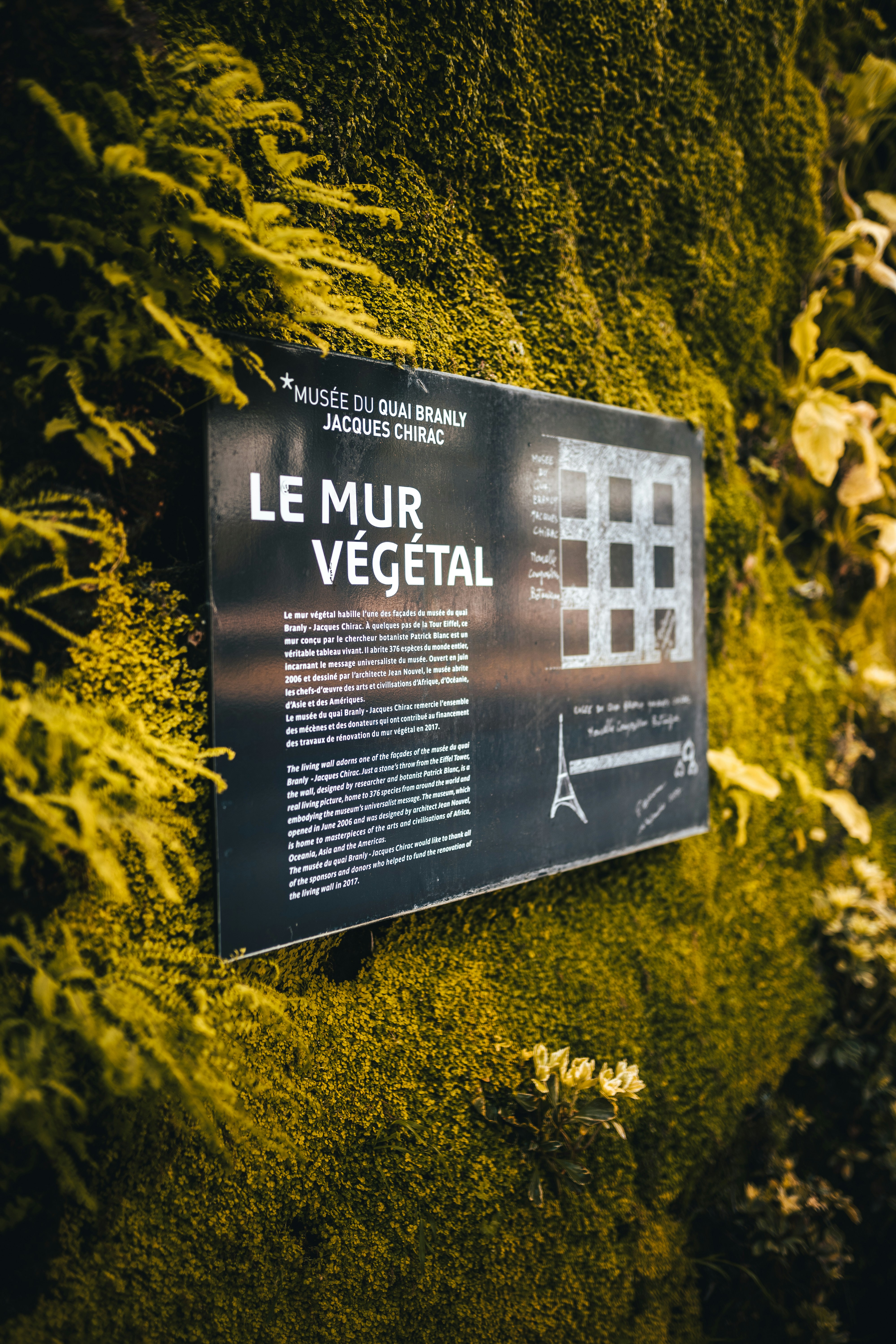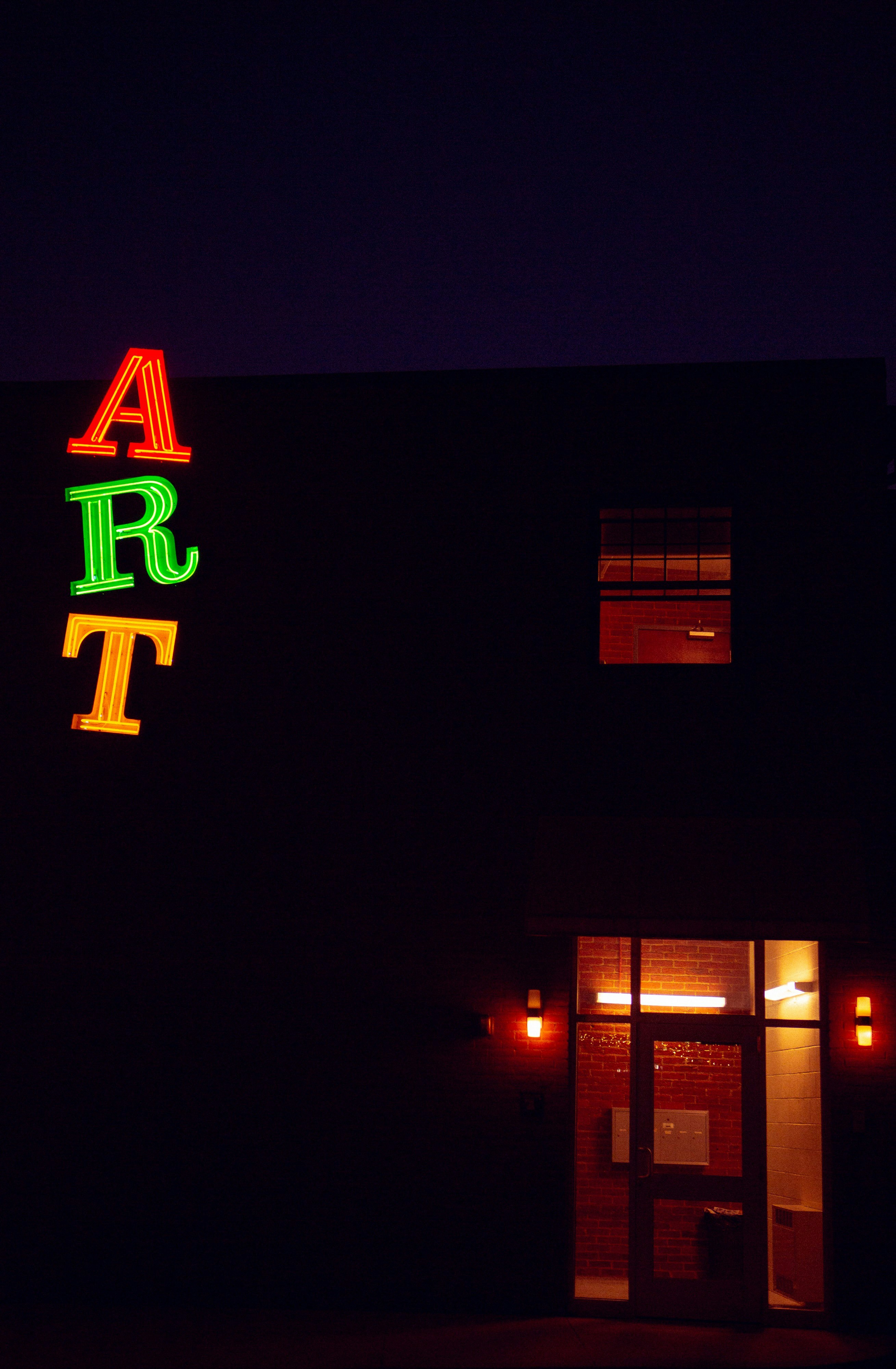Curate Your Digital Museum: Harness AI for Personal Artistry
In the age of technology, where nostalgia meets innovation, the idea of personal digital museums has emerged as a captivating concept. Imagine curating a digital space filled with your cherished memories, handcrafted art, and photographs, all brought to life through the transformative lens of machine learning. This article will guide you step-by-step on how to utilize machine learning tools to curate a unique digital museum that preserves not just pieces of art, but the emotional context and stories behind each creation.
Whether it’s family photos or digital paintings, you can create a personalized artistic experience that reflects your life journey. Let’s embark on this fascinating exploration of algorithmic artistry.
Understanding Algorithmic Artistry
Algorithmic artistry taps into the tremendous prowess of machine learning (ML) to optimize the way we create, curate, and interact with digital art. Essentially, machine learning refers to algorithms that learn from and make predictions based on data.
Looking to preserve the memories and emotions tied to your artwork? By deploying ML tools, you can automate your curation process, ensuring every piece is not just a visual experience but a narrative that resonates with your personal history.
Why Create a Personal Digital Museum?
In the modern digital landscape, a personal digital museum manifests as more than just an assortment of images; it’s an evolving story that showcases your personality, milestones, and emotions. There are several compelling reasons to create your own digital museum:
-
Preservation of Art and Memories: Digitally archiving your life's milestones prevents loss from physical damage or decay, allowing for long-term accessibility.
-
Curated Experience: Machine learning algorithms can help you select and arrange pieces in a meaningful manner, enhancing emotional resonance.
-
Interactive Engagement: With a digital museum, you can create an interactive space that allows visitors—friends, family, or even the public—to experience your curations in unique ways.
-
Reflective Curatorial Practice: This process fosters reflection as you choose what art and memories to display, thus aiding your own personal growth.
Choosing the Right Machine Learning Tools
To dive into the realm of algorithmic artistry, your first step is selecting appropriate ML tools. Below are some popular options to consider when curating your digital museum:
1. Adobe Sensei
Adobe's AI and machine learning framework, Sensei, offers powerful tools that help automate tedious tasks in creative design, enabling you to spend more time on what truly matters—your artistic vision. Ideal for image organization and enhancement, Adobe Sensei can automatically tag and classify your artwork based on various parameters such as color, texture, or subject matter.
2. Google Arts & Culture
Offering a wealth of resources and inspirations, Google Arts & Culture can assist in showcasing your curated collections. You can even upload your pieces to the platform, linking them to historical art references and creating a narrative that connects your digital museum with existing cultural contexts.
3. Artbreeder
Artbreeder utilizes deep learning techniques to merge and breed images, allowing visitors to experience a curated gallery that’s uniquely yours. You can collaboratively create artwork, finding new combinations you might never have envisioned on your own.
4. Runway ML
Runway ML is particularly useful for creators interested in video and interactive content. This tool allows you to create dynamic installations within your digital museum, transforming static art into engaging multimedia experiences.
5. GANs (Generative Adversarial Networks)
For those with a technical inclination, diving into GANs might be a tantalizing option. These powerful algorithms can generate entirely new artwork based on the characteristics of your existing collection, allowing endless creative exploration.
Steps to Curate Your Digital Museum
Step 1: Starting With a Theme or Concept
Every great museum starts with a strong concept. What story do you want your digital museum to tell? Do you want to focus on family memories, personal growth, or a specific artistic journey? Start by sketching out ideas and themes that resonate with you.
Step 2: Collecting Digital Artifacts
Once you have a theme in place, begin gathering your digital artifacts. This could include photographs, drawings, digital paintings, or even music. Aim for diversity within a cohesive theme to provide a well-rounded experience for visitors.
Step 3: Utilizing Machine Learning to Analyze Art
With your collection assembled, use machine learning algorithms to analyze your works. Tools like Adobe Sensei can help categorize your artifacts, identify common elements, and suggest innovative ways to showcase them. This not only aids in curation but also uncovers deeper meanings you might have missed.
Step 4: Contextualizing Each Piece
As you curate, think about the stories behind each piece. What emotions do they evoke? Why were they significant at the time they were created? Providing context adds depth and emotional value to your pieces, enriching your museum's narrative.
Step 5: Designing the Digital Experience
Utilize platforms like WordPress or Squarespace to design the structure of your digital museum. Incorporate interactive features that allow visitors to explore various sections. Connect personal stories, anecdotes, and memories to facilitate deeper emotional ties.
Step 6: Sharing and Evolving
Once your digital museum is set up, share it with select family and friends, passing it along for their input and experiences. The beauty of this digital space lies in its dynamic nature—feel free to add new pieces or modify the layout based on feedback.
Step 7: Future Preservation
As you curate new pieces, remember to employ regular backups to preserve your digital museum. Utilize cloud storage options and external drives to ensure your memories remain pristine.
Emotional Value: The Heart of Digital Curation
An essential aspect of curating your digital museum is preserving the emotional value of your pieces. The stories you tell surround the art can be as exciting as the art itself. To create an engaging experience, resonate emotionally with your visitors.
For thoughtful insights on how AI plays a role in amplifying your storytelling abilities, explore this detailed post on decoding digital empathy.
Innovative Inspirations to Draw From
To help you on your journey into algorithmic artistry, consider exploring these relatively new concepts:
-
Digital Heirlooms: Preserving your digital legacy in the form of curated artifacts makes for a meaningful approach to memory keeping. Read on about digital heirlooms and how they can enrich your lives.
-
AI in Social Media: AI is reshaping how we engage with online platforms. Learn about navigating the emotional web and how algorithms influence creativity and interactions.
Next Steps to Personalize Your Experience
Embarking on the path of algorithmic artistry fosters not just creative expression but also meaningful connections to our past. As you delve into these guidelines, remember that your digital museum reflects your unique journey and narrative. Embrace both the technical and the emotional aspects, ensuring that each piece is meaningful. With each new artifact, your digital museum will evolve, painting a vibrant portrait of your life.
If you’re intrigued by this intersection of technology and art, dive deeper into the concept of creating an AI time capsule to further preserve your digital artifacts for generations.
Final Thoughts
The journey of creating your digital museum opens a meaningful dialogue between technology and your memories. By embracing innovation in your curation process and valuing the emotional context of each piece, you’ll create a unique space that honors your past while inspiring your creative future. So, start curating today, and let your art tell its story.








